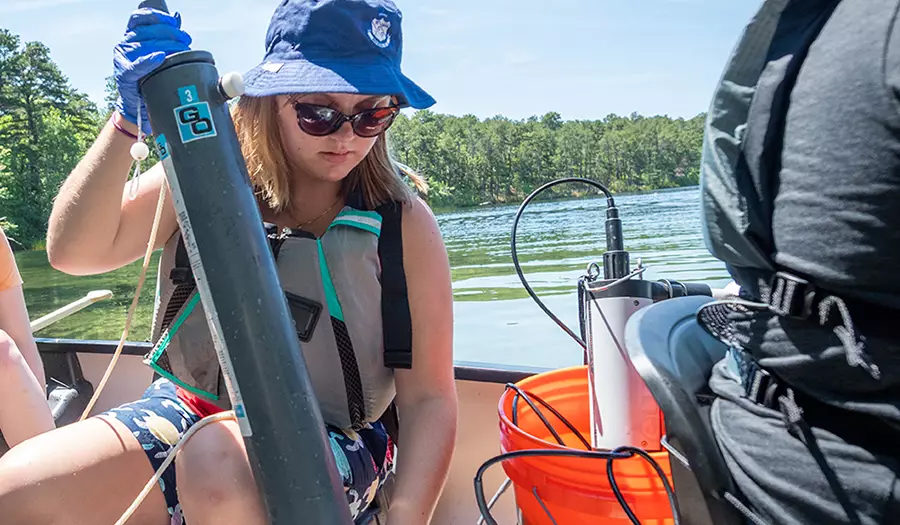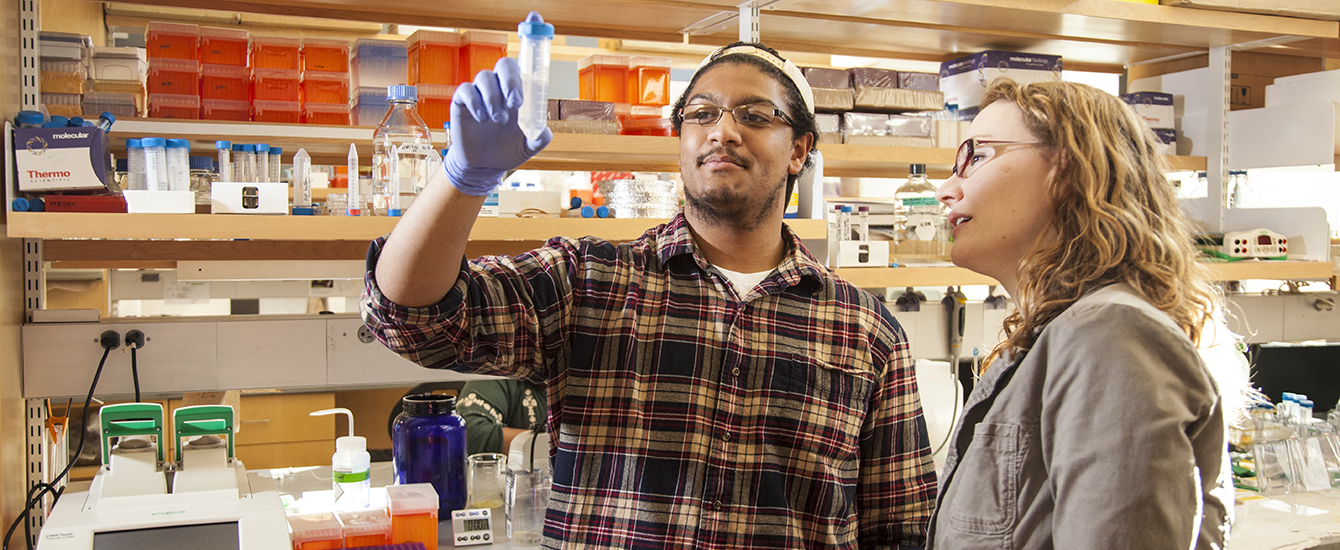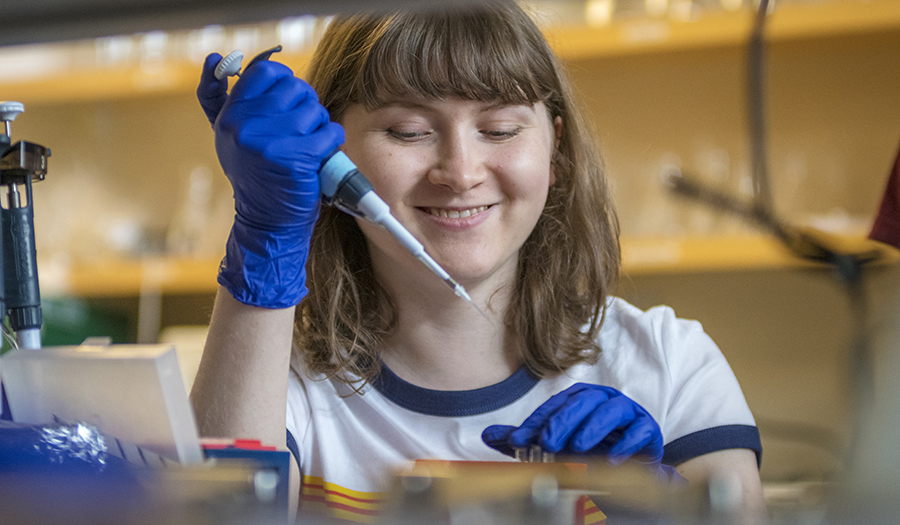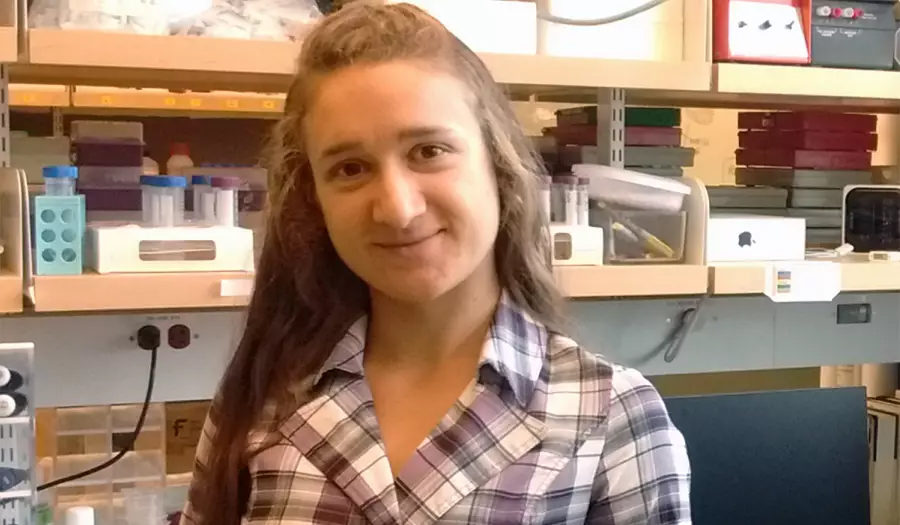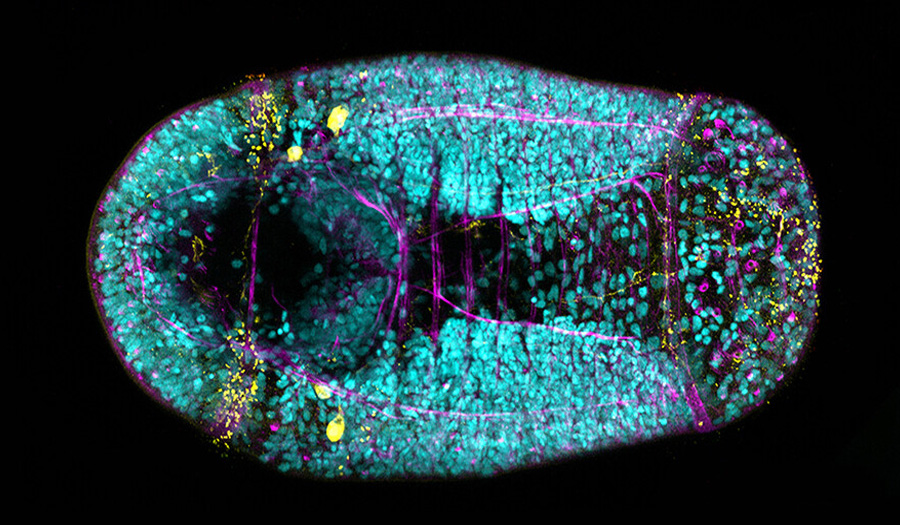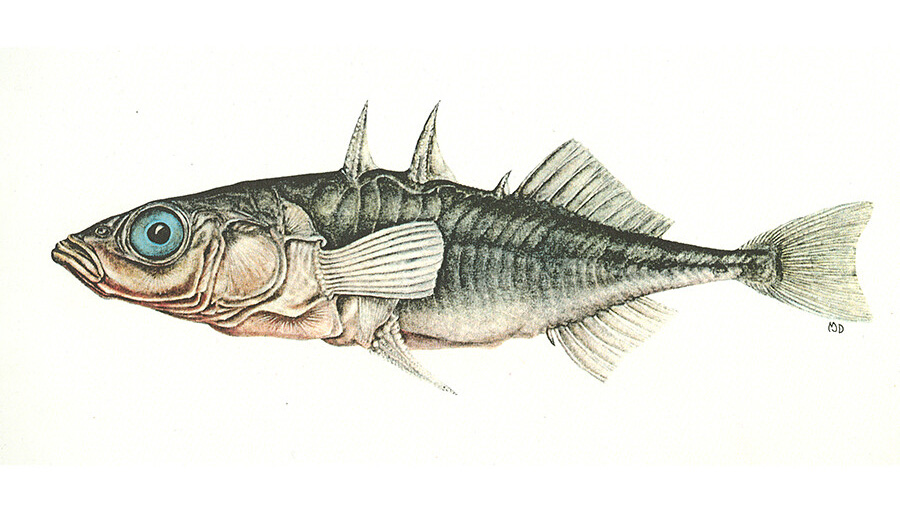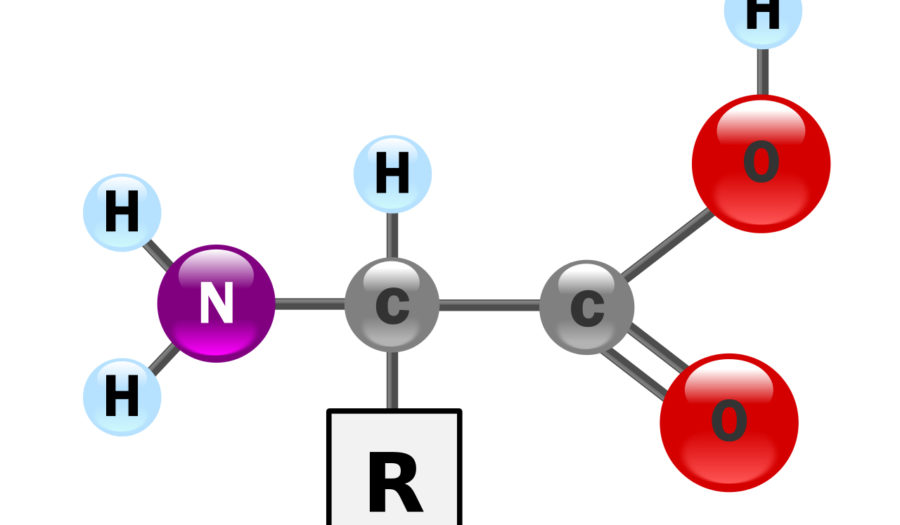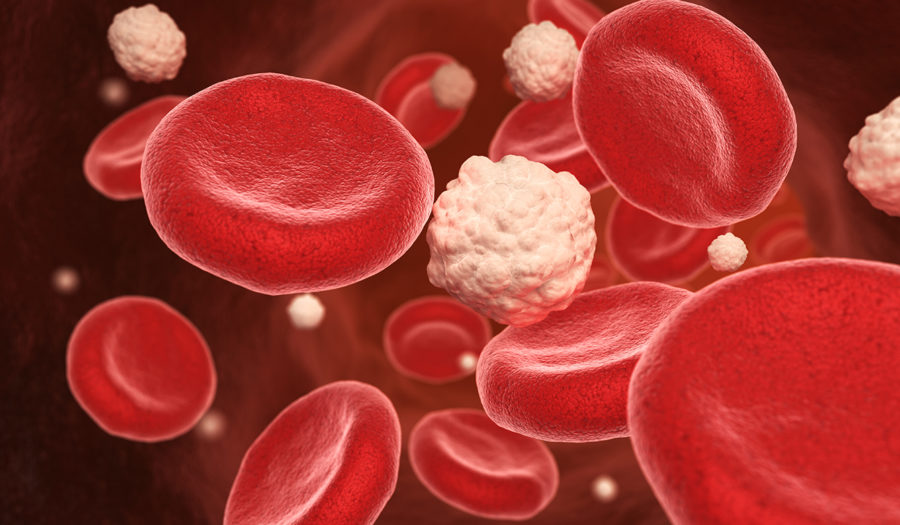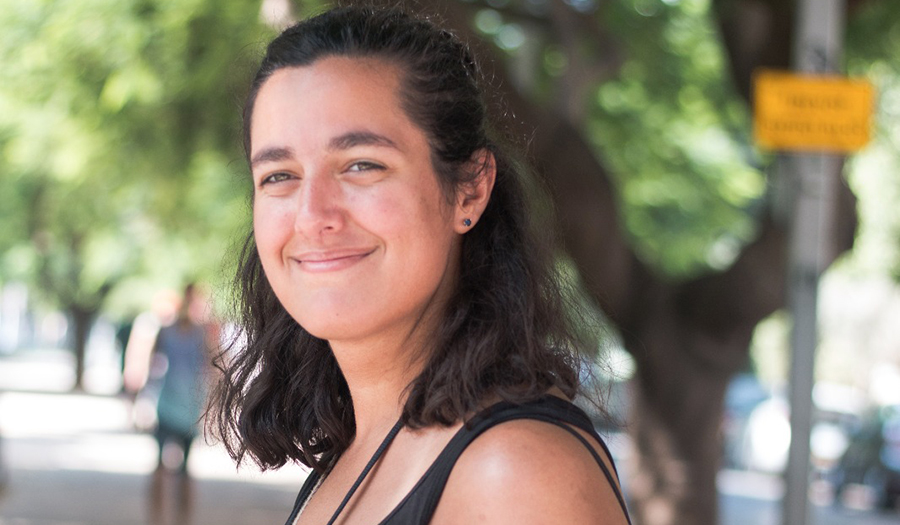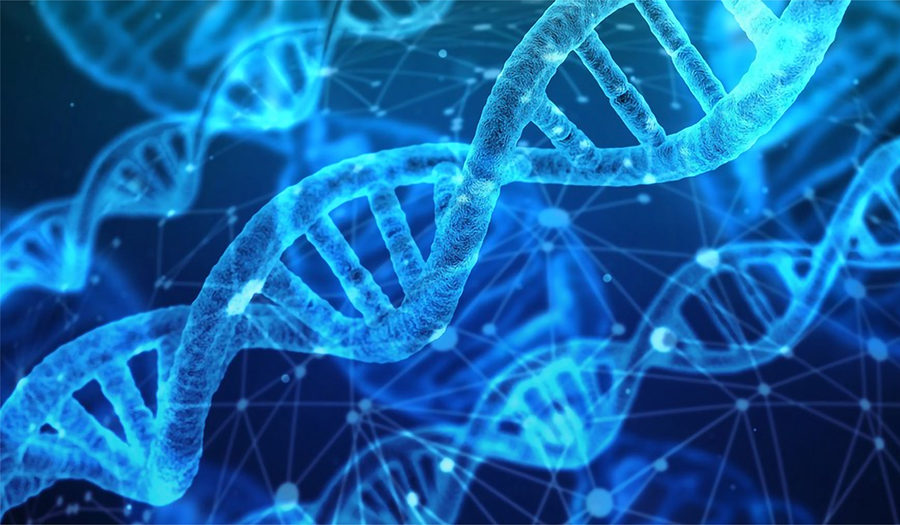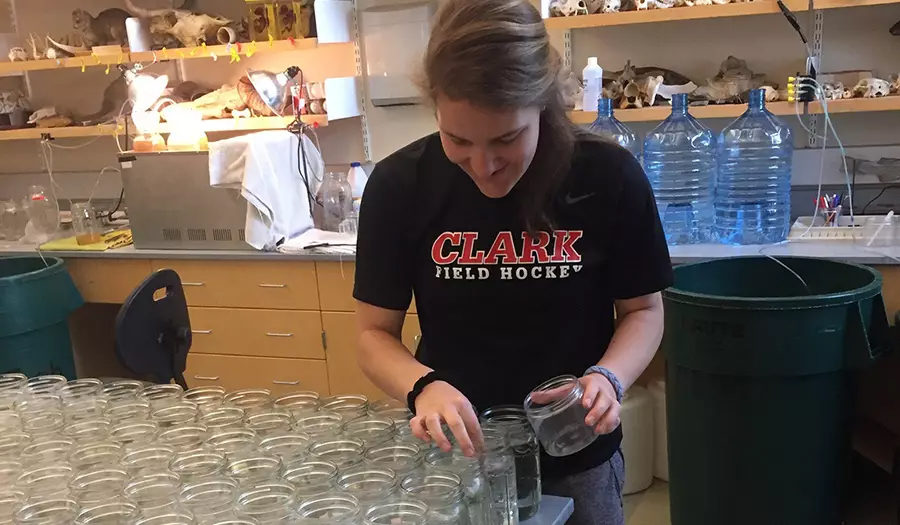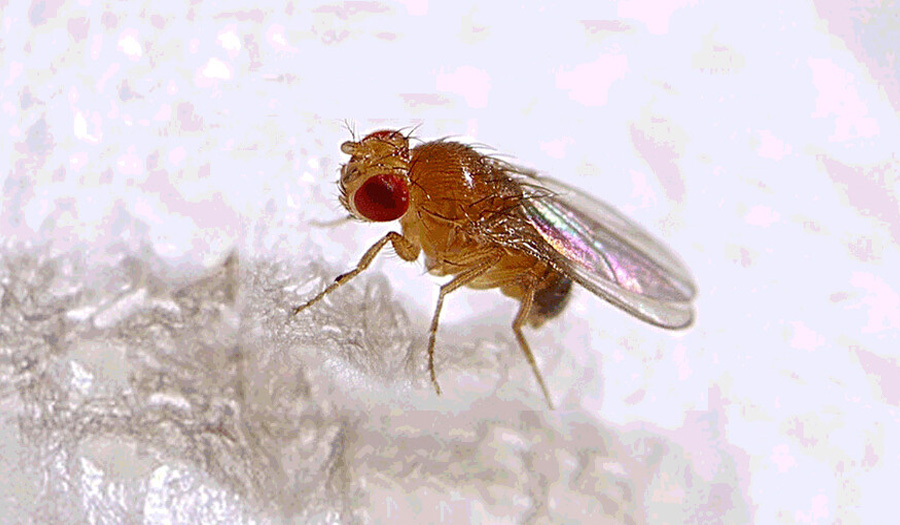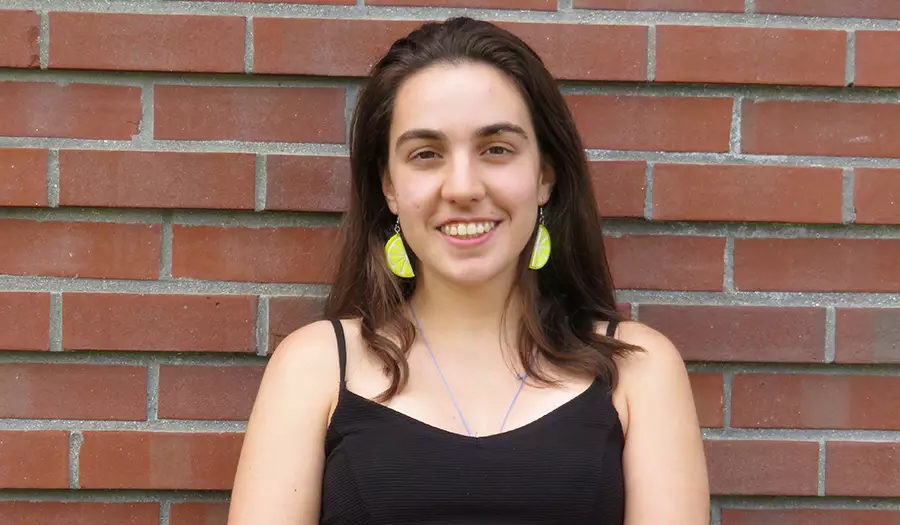Marian Crockett
The effect of substrate unevenness and irregularity on locomotor performance and kinematics of curly-tailed lizards. (Philip Bergmann)
Samantha Dokus
Influence of reproductive cycle and environmental stress on personality in threespine stickleback (Gasterosteus aculeatus.) (Susan Foster)
Amanda Fragata
Influences of maternal stress on early life characteristics of offspring in threespine stickleback fish (Susan Foster)
Andrea Gialtouridis
Plasticity in changing environments: antipredator behavior in Alaskan threespine stickleback following pike introduction. (Susan Foster)
Robert Holden
Performance variation in basilisk lizards (Basiliscus vittatus) during different aquatic modes of locomotion. (Philip Bergmann)
Christie Joyce
Evolution of nervous system centralization: role of BMP signaling in doral-ventral axis and neural fate specification in Capitella teleta. (Néva Meyer)
Nicholas Pagan
The use of the chironomid pupal exuvial technique (CPET) to characterize midge communities in Massachusetts ponds (John Baker)
Levi Seeley
A gregarine parasite of Aedes hendersoni in Colorado. (Todd Livdahl)
James St. Denis
Quantitative UV sensitivity assay and whole genome extraction for DNA methylation analysis in Dictyostelium discoideum. (Denis Larochelle)
Emily Stone
Obligate microbial communities associated with the toxic diatoms Pseudo-nitzschia australis genome? Implications for genome assemblies. (Deb Robertson)
Tina Vo
Efficacy of playback video use in eliciting courtship behavior in male threespine stickleback fish (Susan Foster)
Ethan Wainblat
Investigating differential methylation in Apis mellifera worker bee sub-castes. (Rob Drewell)
